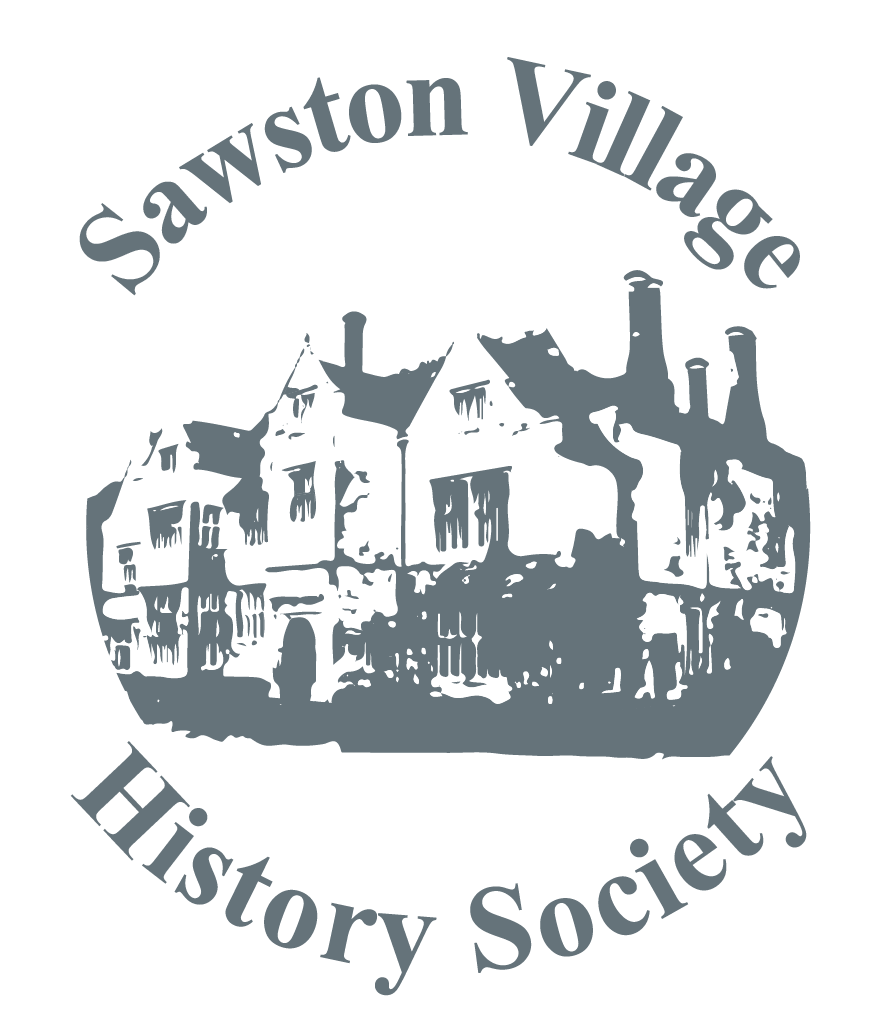
What do you do when your village is to be submerged in a plan for 4000 new homes, with the population to rise from 7000 to 17000? You could hide in a hole and pretend it will never happen, or you could fight it tooth and nail and go down fighting. A third way, which was chosen by Trumpington, was to embrace the plan and do what they could to make the newcomers welcome.
The method was to produce a series of history trails about the village and surrounding area and Cambridge that would be fascinating to new and long-established residents alike, and enable them to discover more about the history of the area. The trails were established through the initiative of the Trumpington Residents Association and the Trumpington Local History Group with financial support from Cambridge City Council.
One of the biggest problems faced by the creators of the trails was the constantly changing infrastructure of the area needed to cope with the increased population. New roads were needed, together with schools, shops, parks and other facilities, quite apart from all the developments taking place at Addenbrooke’s. This meant that trail routes had to be constantly revised to take account of new developments.
Trumpington is part of the Thriplow Hundred. Hundreds were first recorded in the reign of Edmund the First (939-46). They were established as a basis for taxation, and normally consisted of 100 hides. A hide was an area considered sufficient for one household typically 120 acres.
The "ton" ending in place names is Anglo-Saxon meaning enclosure, and town comes from the same route. Trumping was probably a family name.
All the development currently taking place has created many opportunities for archaeologists. Finds date back to 30-70 BC. Many Anglo-Saxon burials were discovered, and at the Biomedical Campus Bronze Age and Iron Age artefacts were found.
Trumpington is recorded in the Doomsday Book and appears on a map dating back to1500. There have been many records since then including the Enclosures 1804-09 and the coming of the railway in the mid 19th century. In the 1940s there was a Prisoner of War camp. The 1950s saw the Plant Breeding Institute, and Addenbrooke’s developed in the 1960s.
So there was a wealth of history to show in the Trails. They were designed for adults to be used by walkers or cyclists. They were to be published together as a pack of 10 on a uniform style, each on one sheet of A3 paper. Photos were sourced from the Cambridgeshire Collection, and walks were thoroughly tested before going to print. Three trails are confined to within the village, one goes north, and two each go west, east, and south.
Printed copies are available free from the Clay Farm Centre (2017) and Trumpington Pavilion. They can be downloaded from www.trumpingtonlocalhistorygroup.org/trails.
Jim Butchart